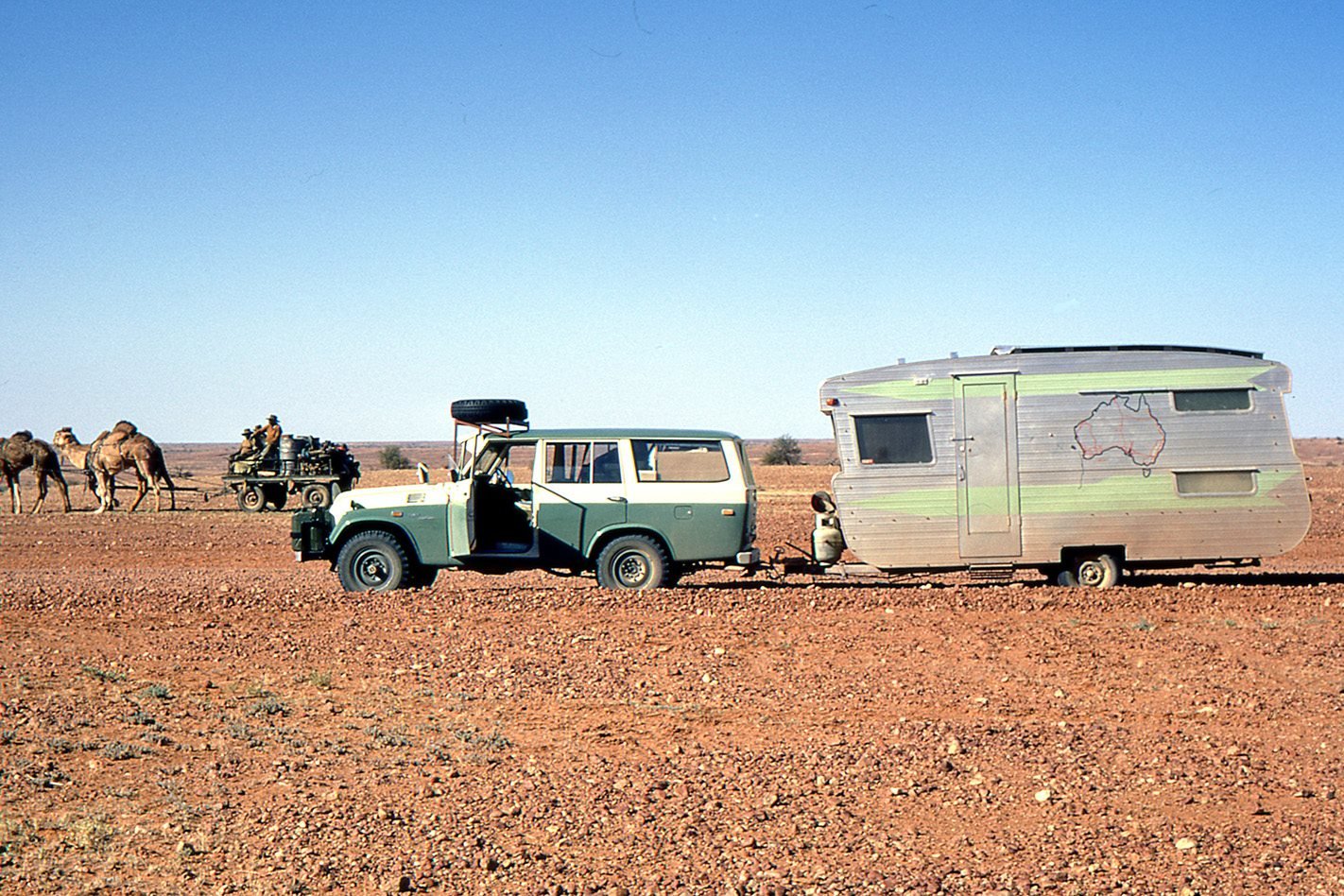Toyota is an unapologetically Japanese company. Although it has a global presence, Toyota remains proud of its heritage, and its vehicles are imbued with the spirit of the Land of the Rising Sun.
There is one product, however, which is more ‘fair dinkum’ than ‘Samurai warrior’ – the LandCruiser.
While other Toyotas were built in Australia at the Altona manufacturing facility in Melbourne’s south-west, it could be argued that the LandCruiser was, and remains, the most Australian car to be sold by the Japanese company.

This year, the LandCruiser notched up an impressive 10 million global sales, with more than a million of those sales being in Australia – more than any other nation on earth.
Australia remains a key market for the LandCruiser, alongside the Middle East, and the model line’s heritage is inextricably linked with the land down under.
It all started in 1958, when a subcontractor for the Snowy Mountains hydro-electric scheme, Thiess Brothers, needed some vehicles.

Leslie Thiess, the company’s owner, had privately imported about a dozen LandCruisers for the job, and the story goes he was so impressed with the vehicle’s capability that he lobbied Toyota in Japan to become an official distributor.
The LandCruiser would become the first Japanese vehicle to regularly be exported to Australia, and it proved wildly popular.
By 1981, 100,000 LandCruisers had been sold in Australia, with both public and private enterprises using the 4×4 as a workhorse.

Its use in major projects such as the Bass Strait-Melbourne gas pipeline construction earned the LandCruiser a strong reputation for reliability. In the harsh Aussie outback, it was unmatched in its ability. Where other vehicles stumbled and succumbed to the unique challenges of our harsh terrain, the LandCruiser soldiered on.
In the ’70s, the CSIRO put the LandCruiser to use at the hands of Murray Upton, who headed the organisation’s Division of Entomology on long expeditions through rural Australia.
Upton used an FJ55 as his steed, and he explained why in March 1974.
“The trip to western Arnhem Land to study the insect fauna was a two-part survey carried out both before and after the wet in two Toyota FJ55 station wagons and an FJ45, with all three towing caravans. Conditions in this area were extremely hot and dusty before the wet with the only serious hazard the dry creek beds and bulldust,” he wrote.
“Getting into the area immediately after the wet was a different proposition altogether but with the Toyota vehicles, the party was still able to get the caravans to all the required sites.”
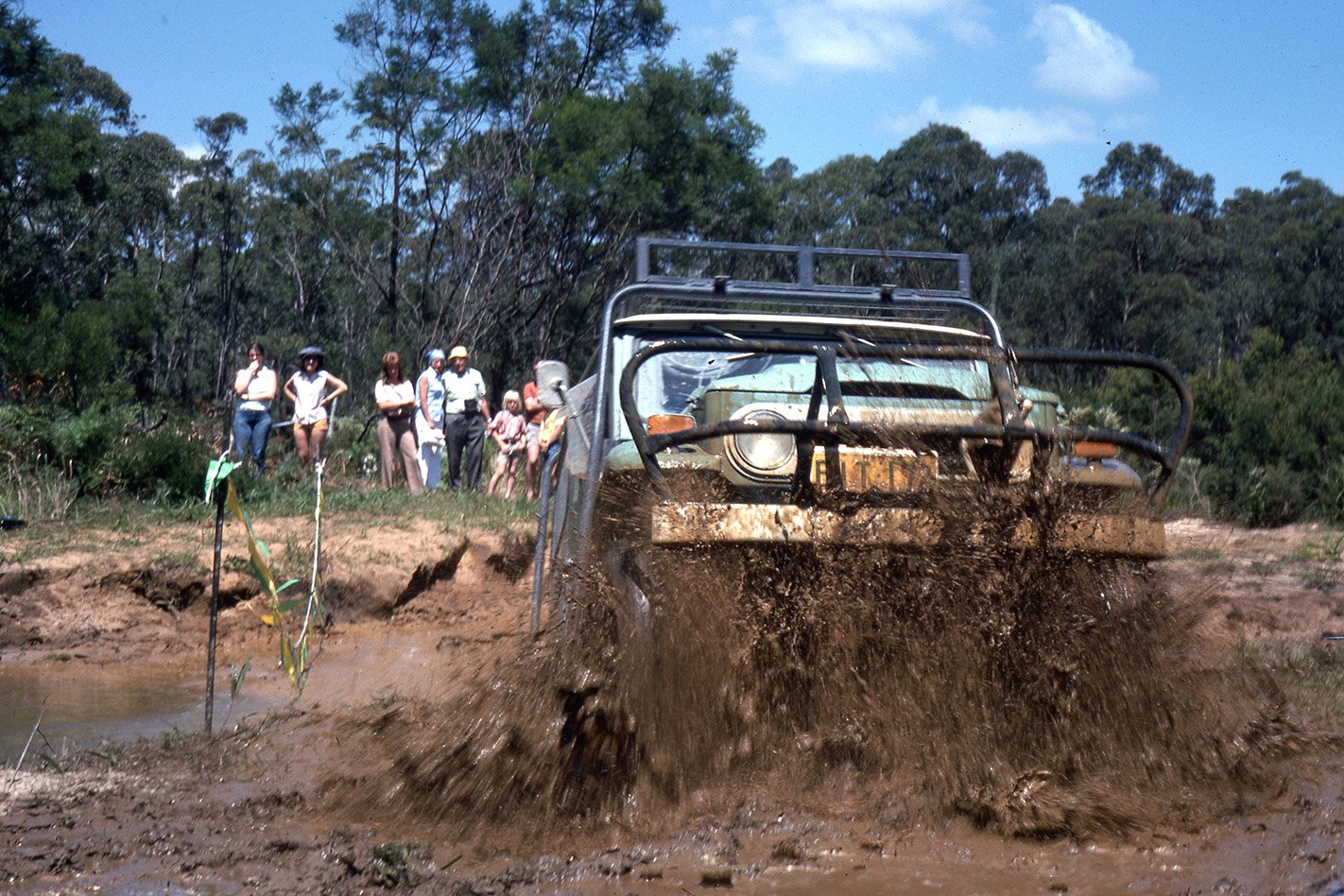
When Toyota Australia still built cars locally, a strong team of engineers worked on the development of the LandCruiser, along with other off-road vehicles such as the Hilux.
An Australian-developed Kinetic Dynamic Suspension System was introduced just over a decade ago and introduced in the current 200 Series.
With Australian production now ceased, that same Aussie touch has been reduced. However, Toyota Australia has retained 150 designers, planners and engineers, who are tasked with localising global products.
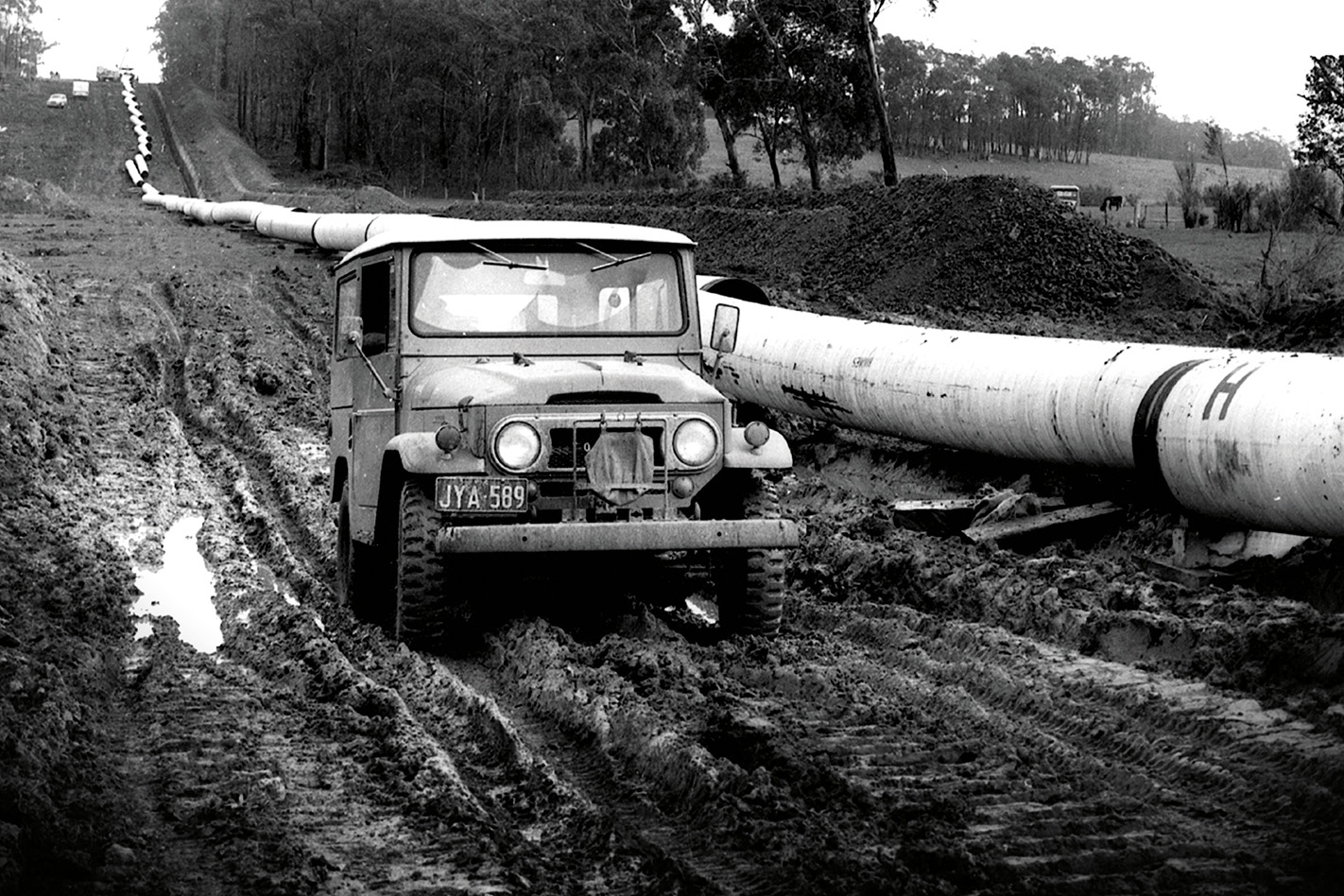
The current 200 Series LandCruiser is due to be replaced in coming years, and again, Australia will play a critical role in the development of a replacement.
Australia is home to more than 80 percent of the world’s road types, and Toyota has retained vehicle testing and evaluation departments locally. A spokesperson told Wheels that Australia remained one of the main off-road testing facilities for Toyota globally.
Development mules for the 300 Series have already had Aussie soil on their tyres, and will undergo extensive testing under our relentless sun.
While it is built overseas, the LandCruiser will remain intimately shaped by Australia.


